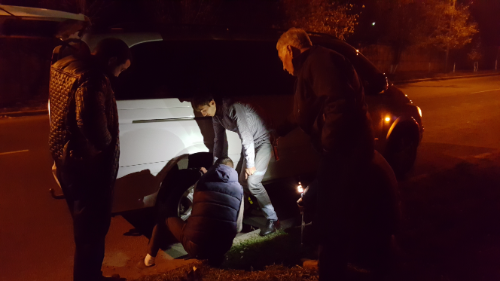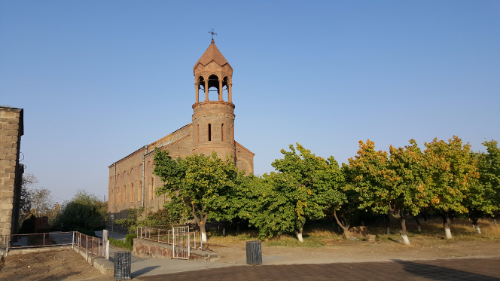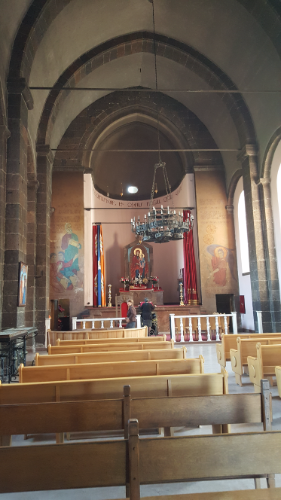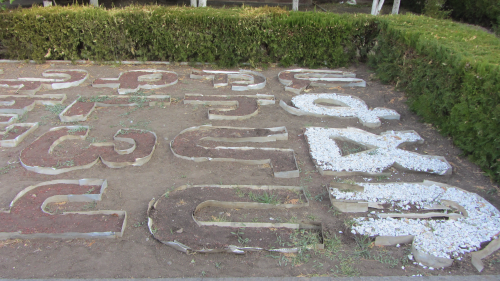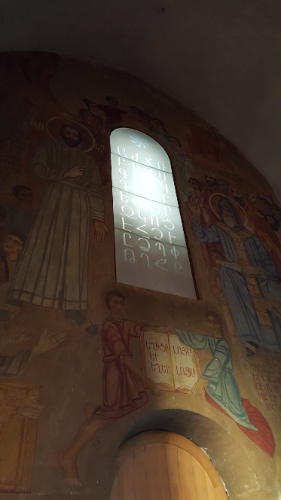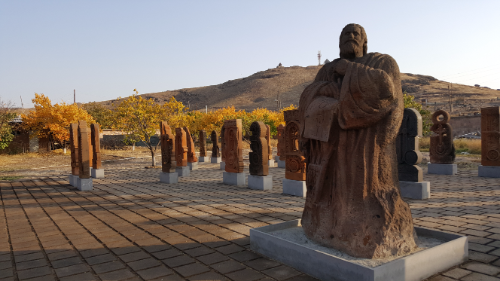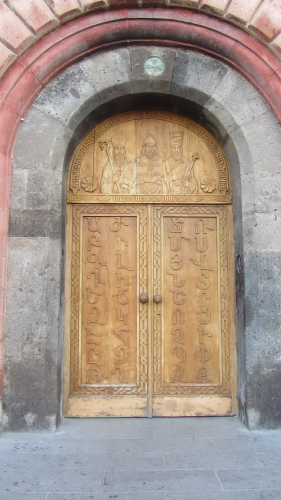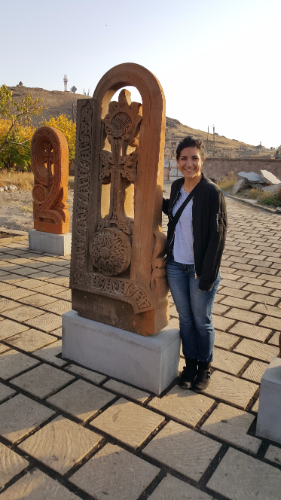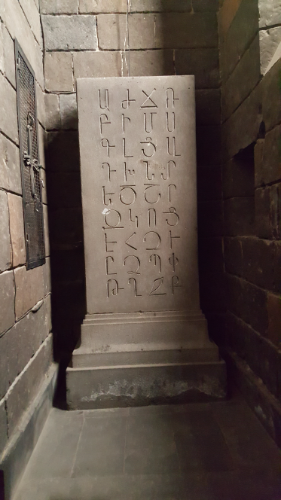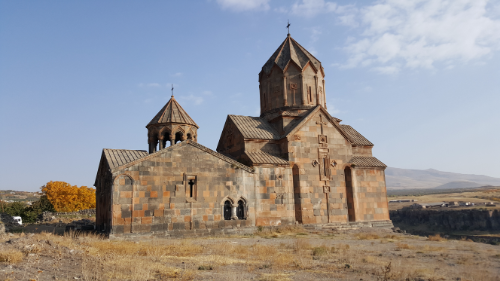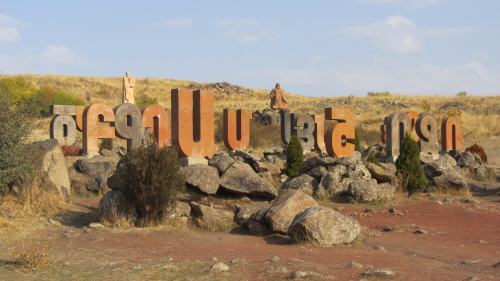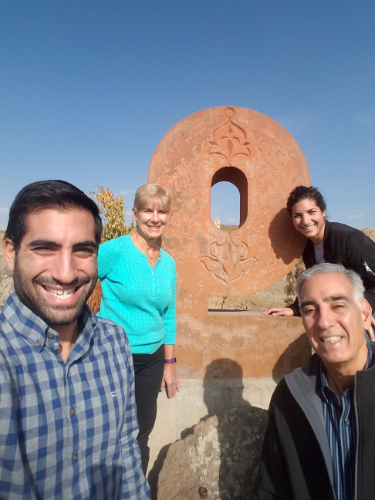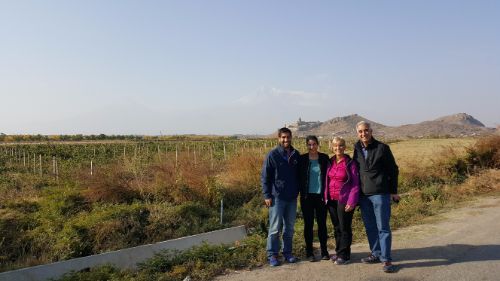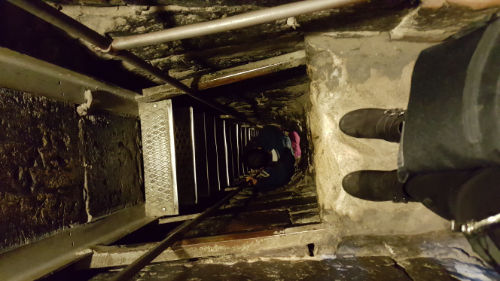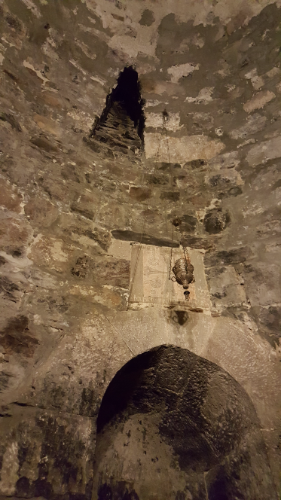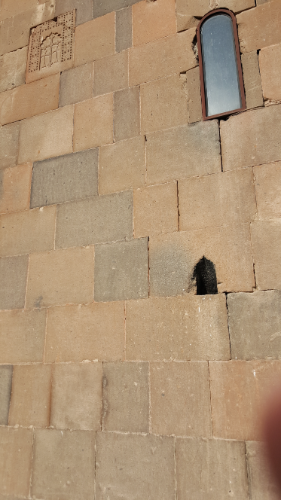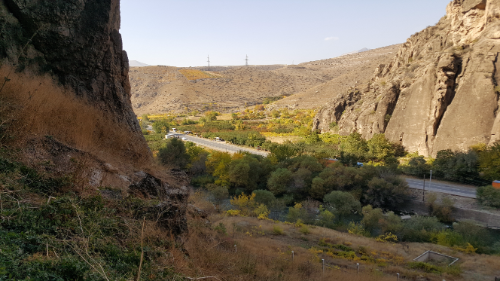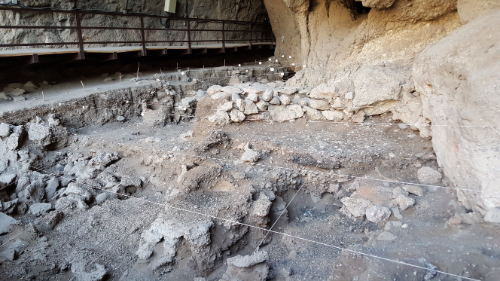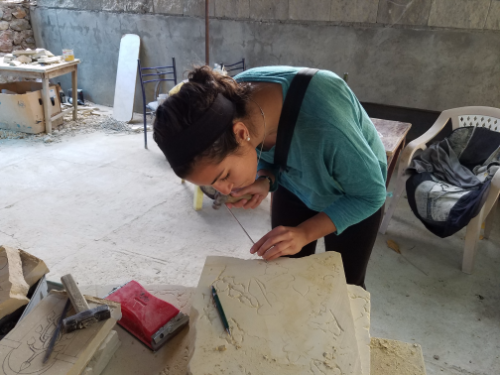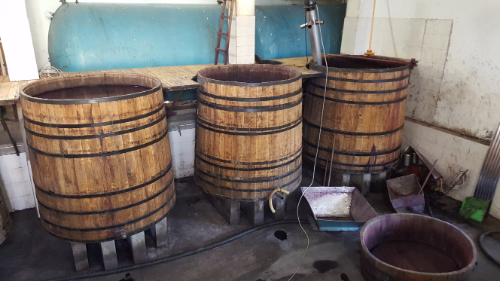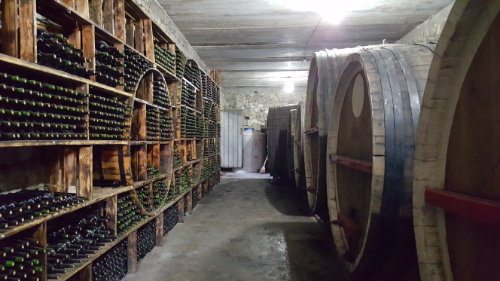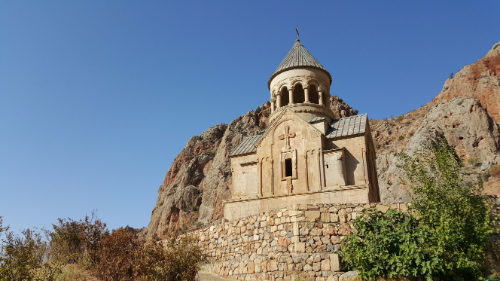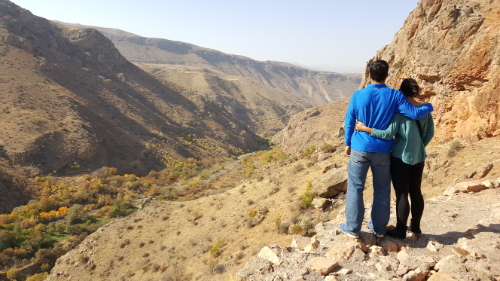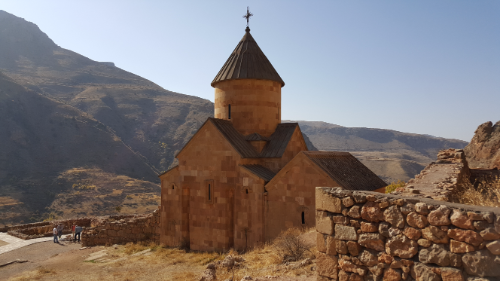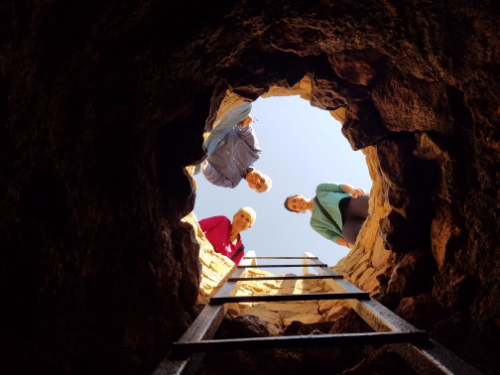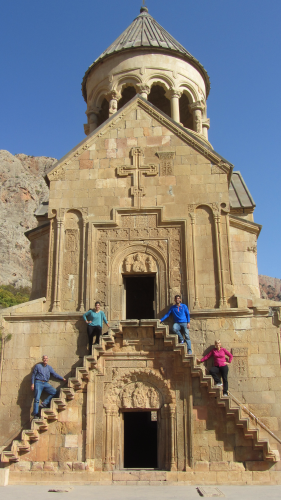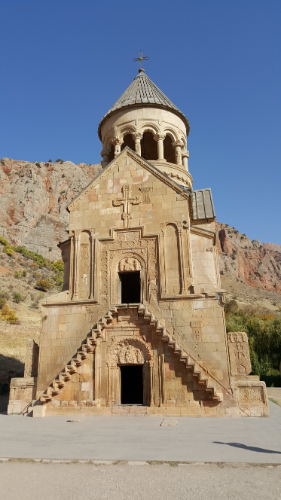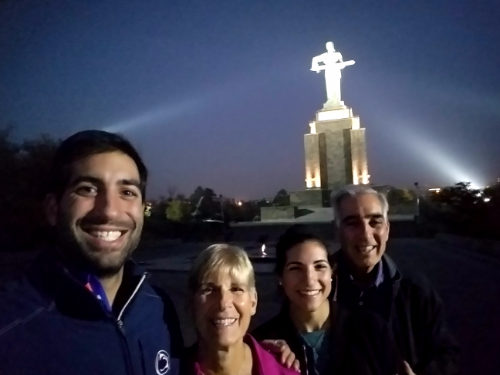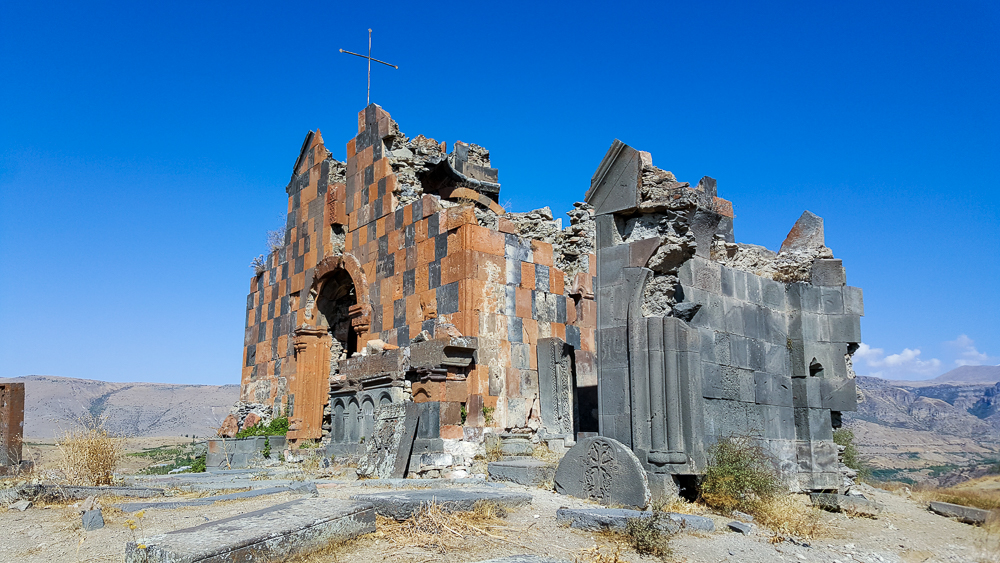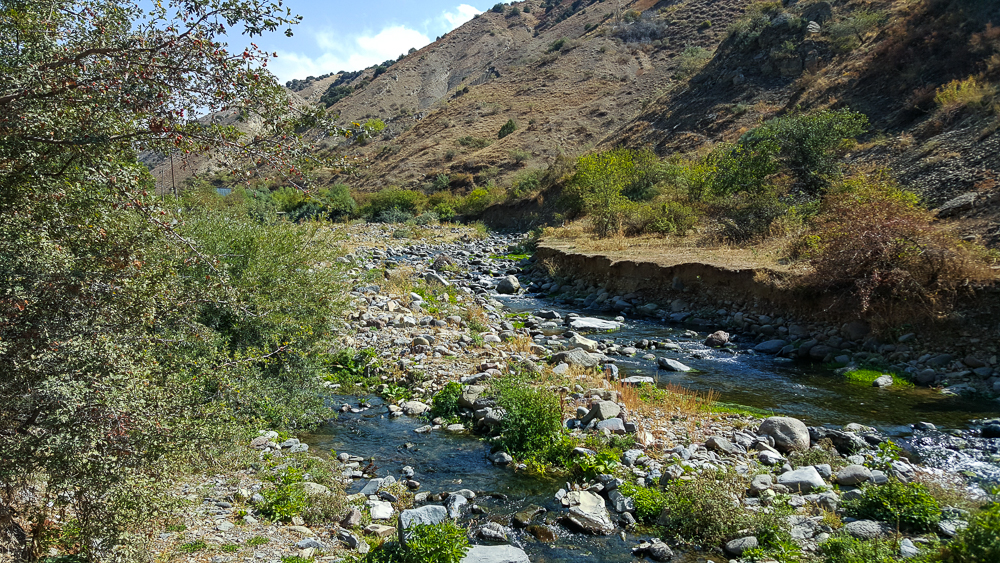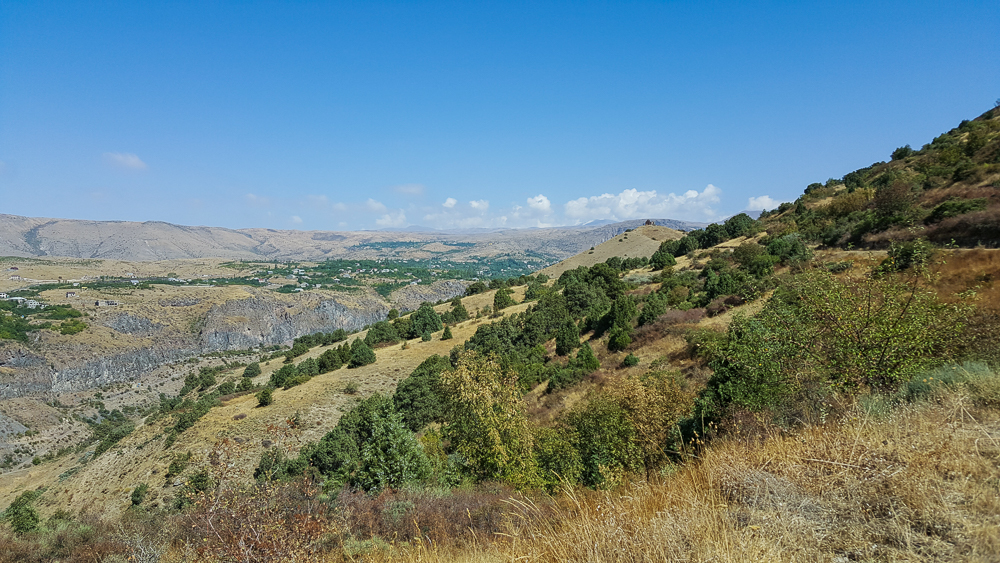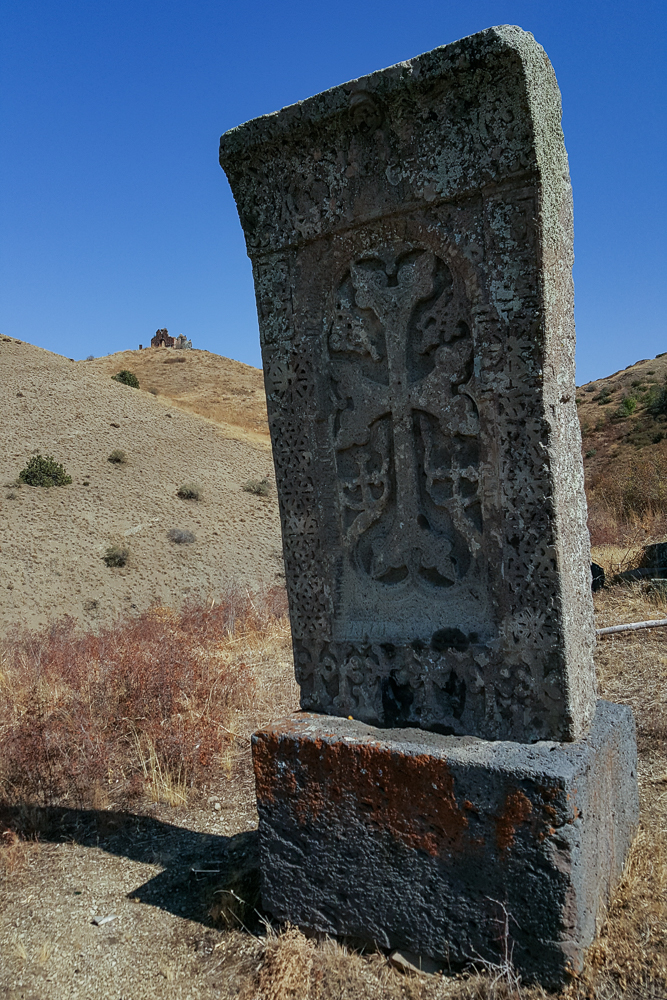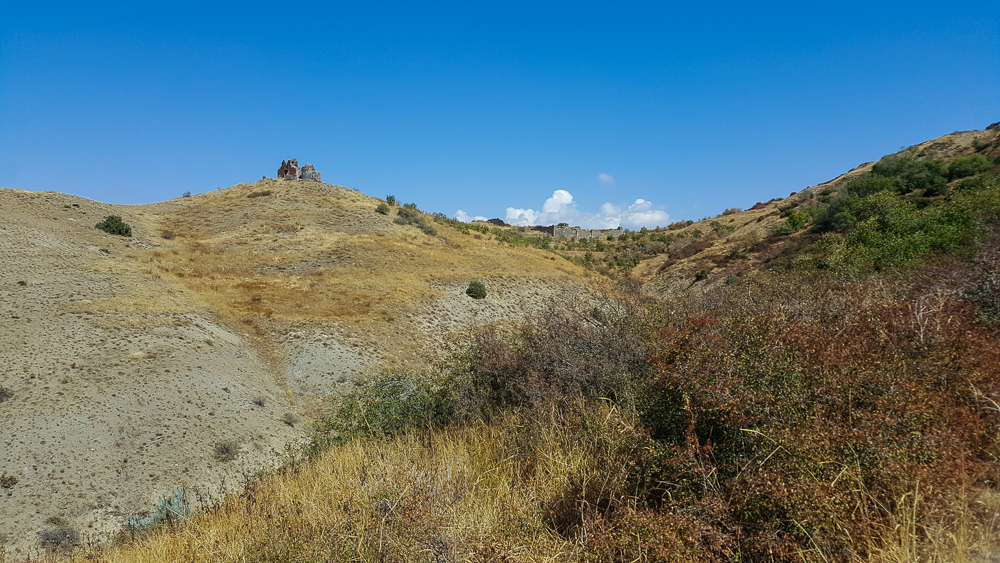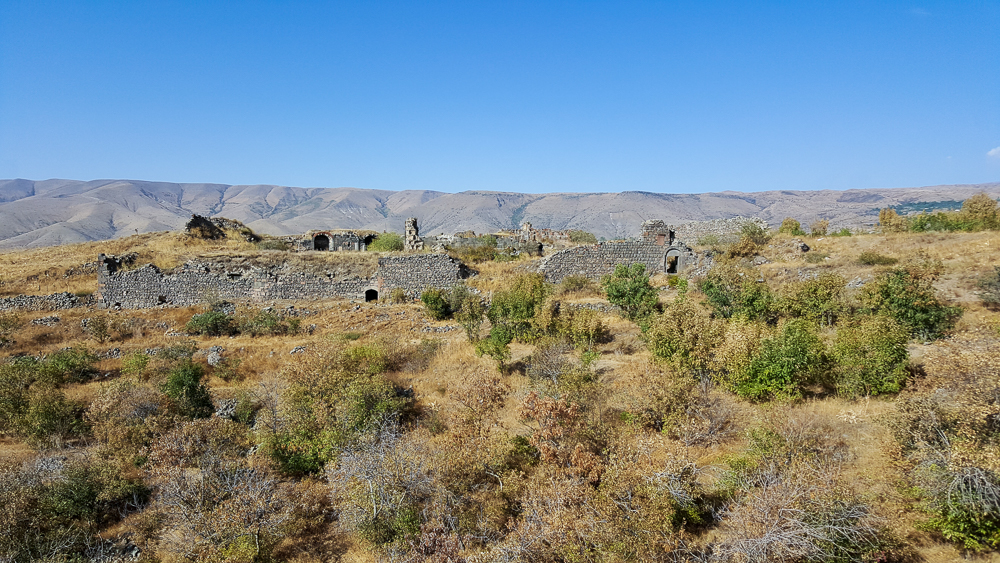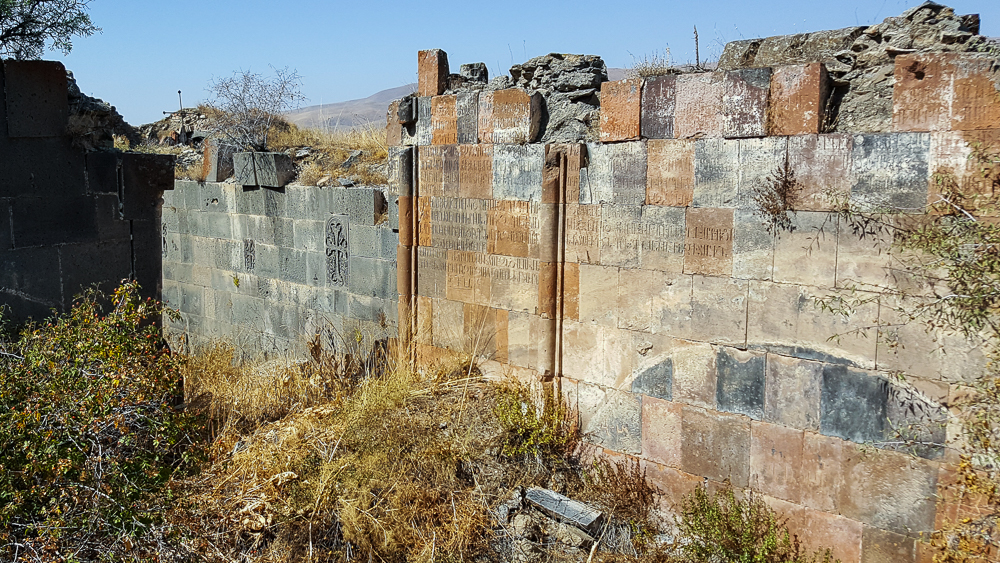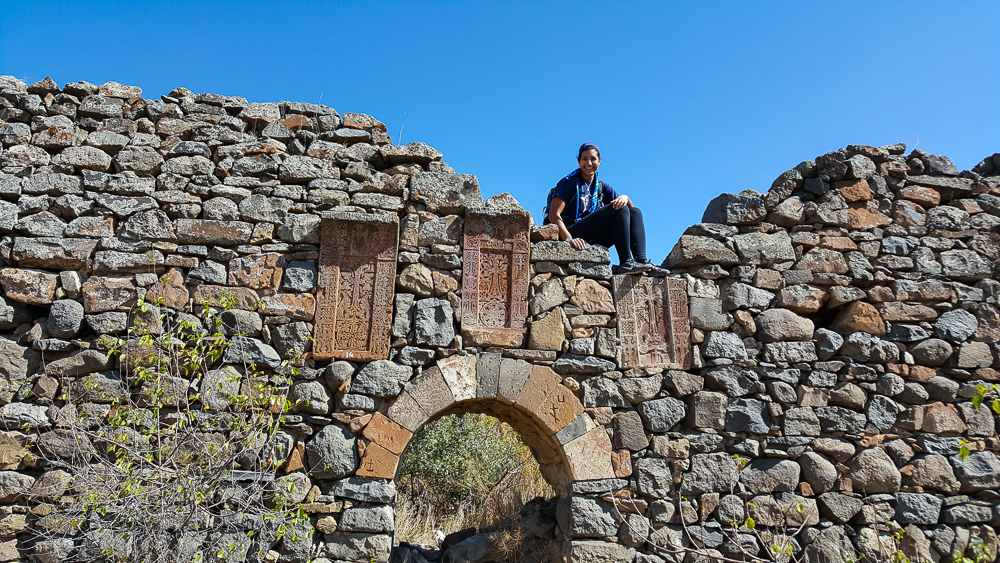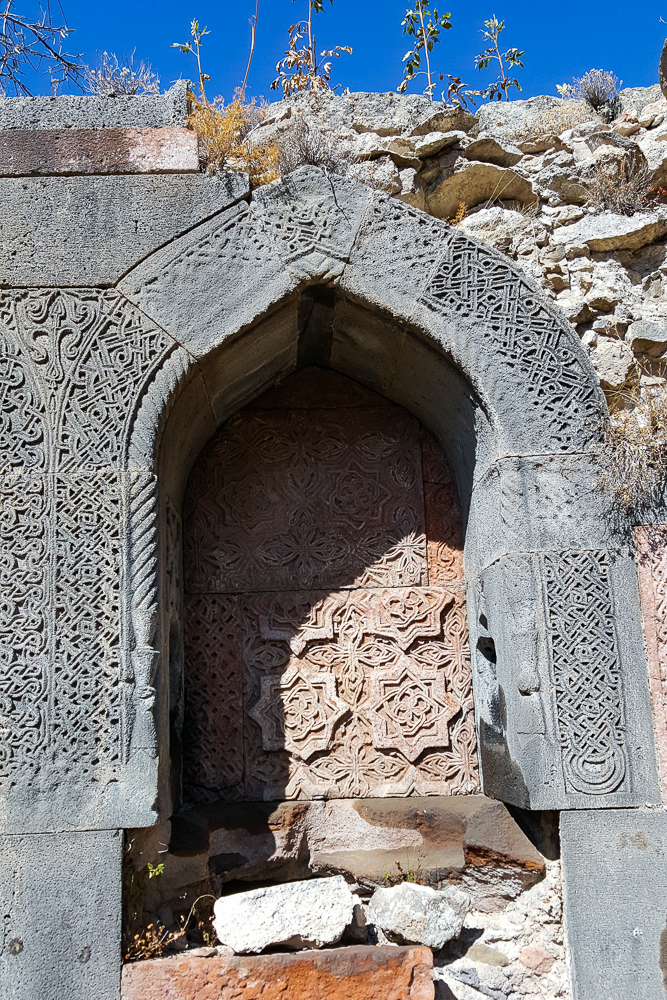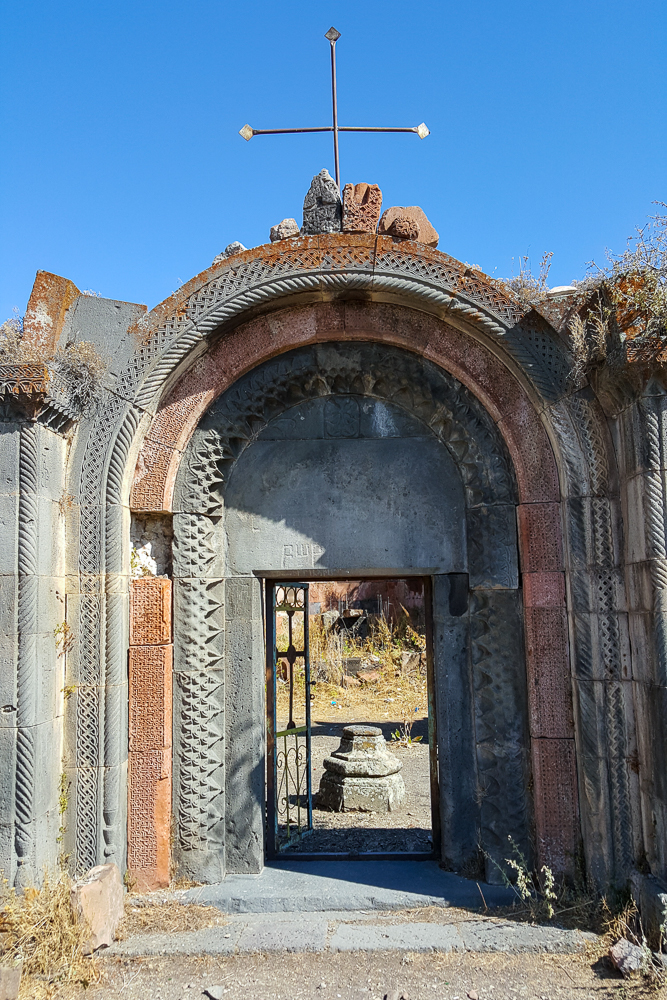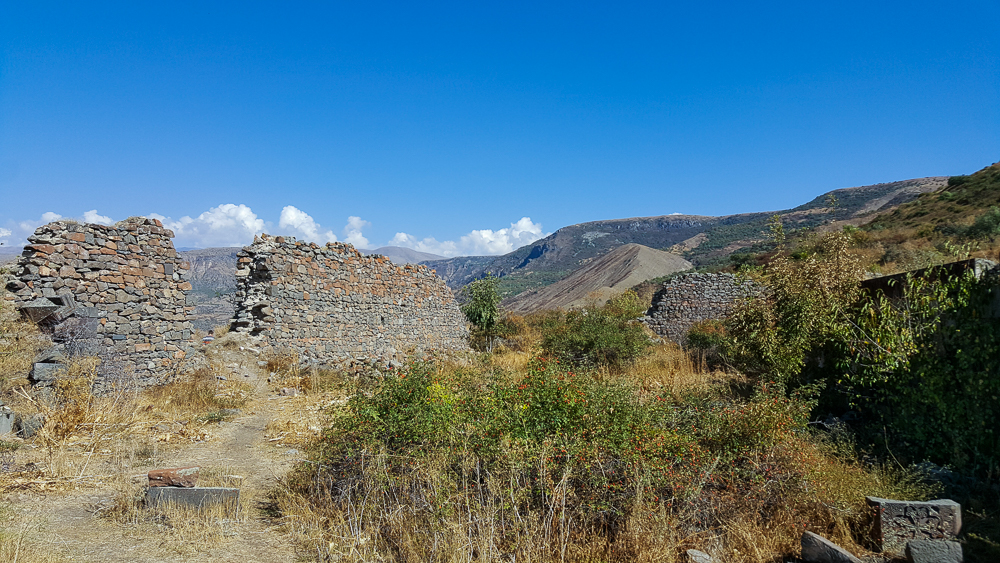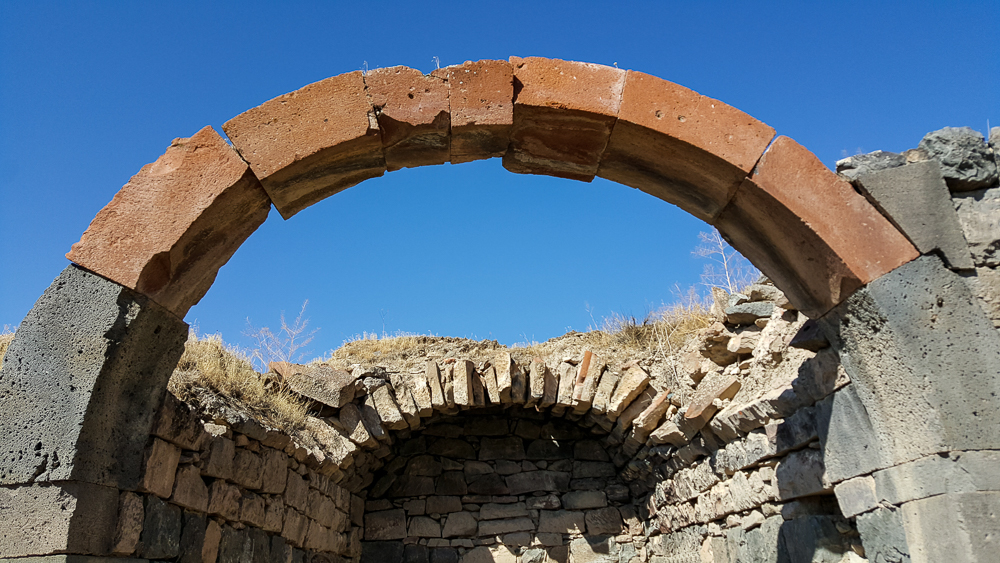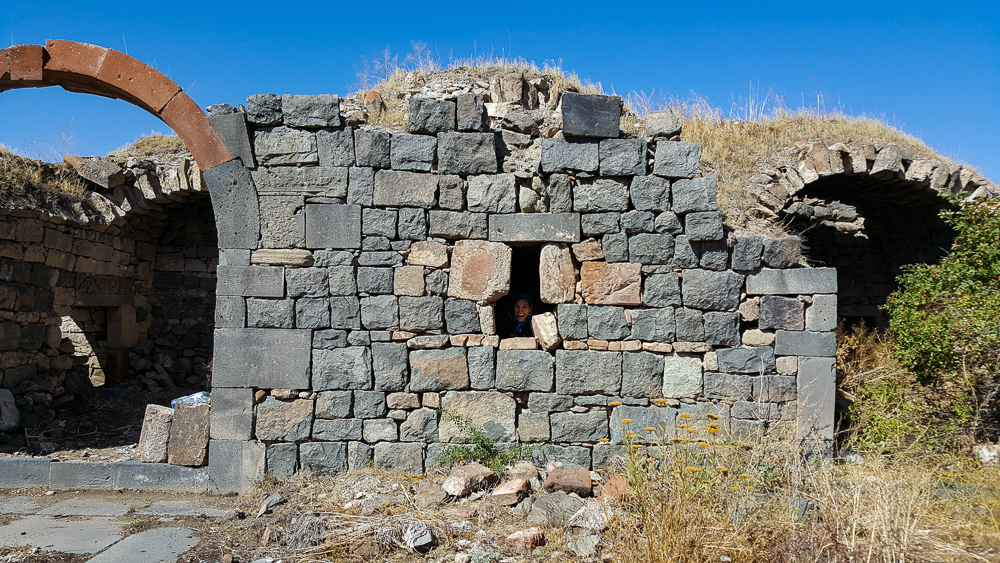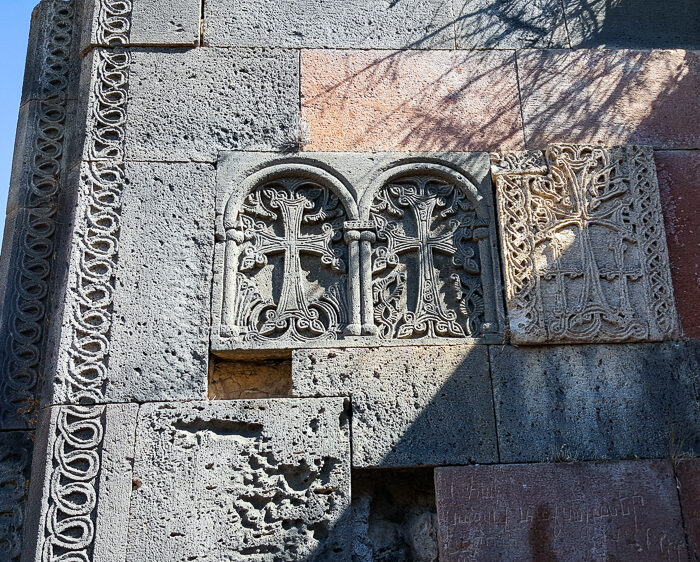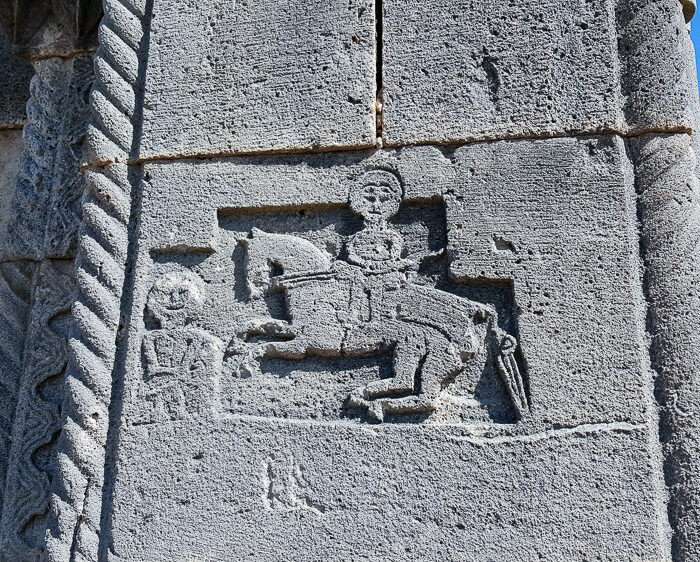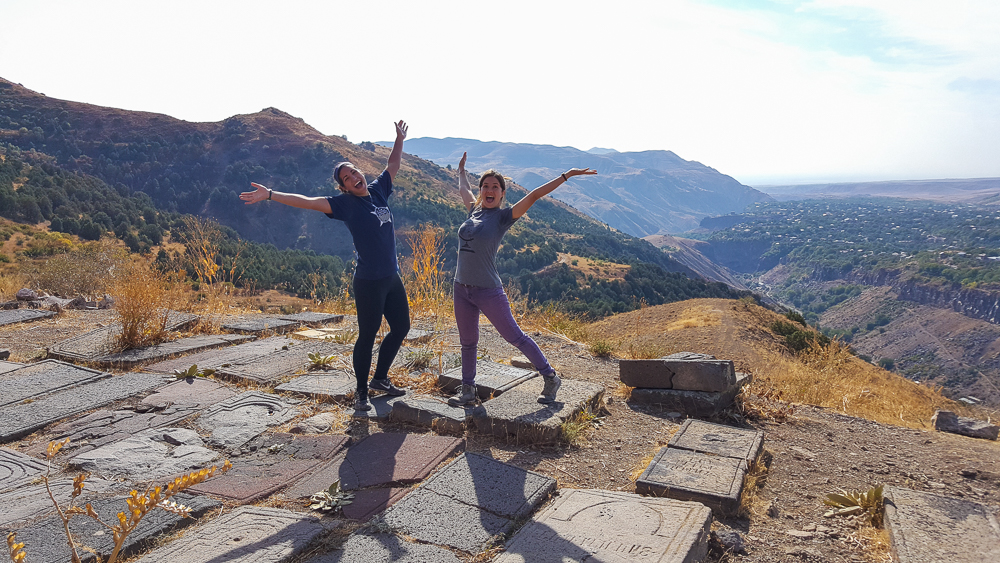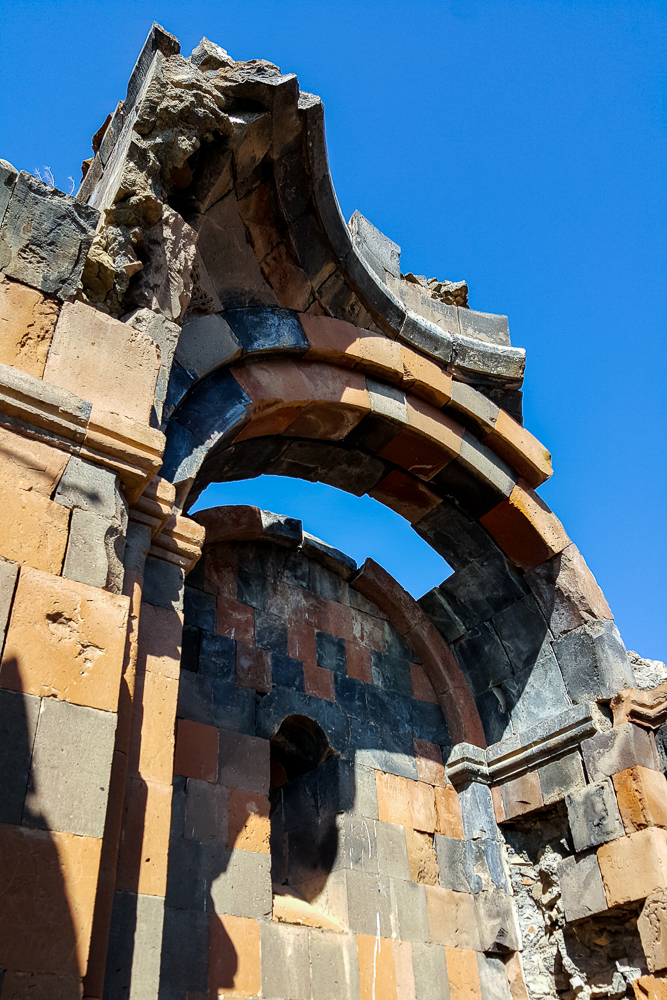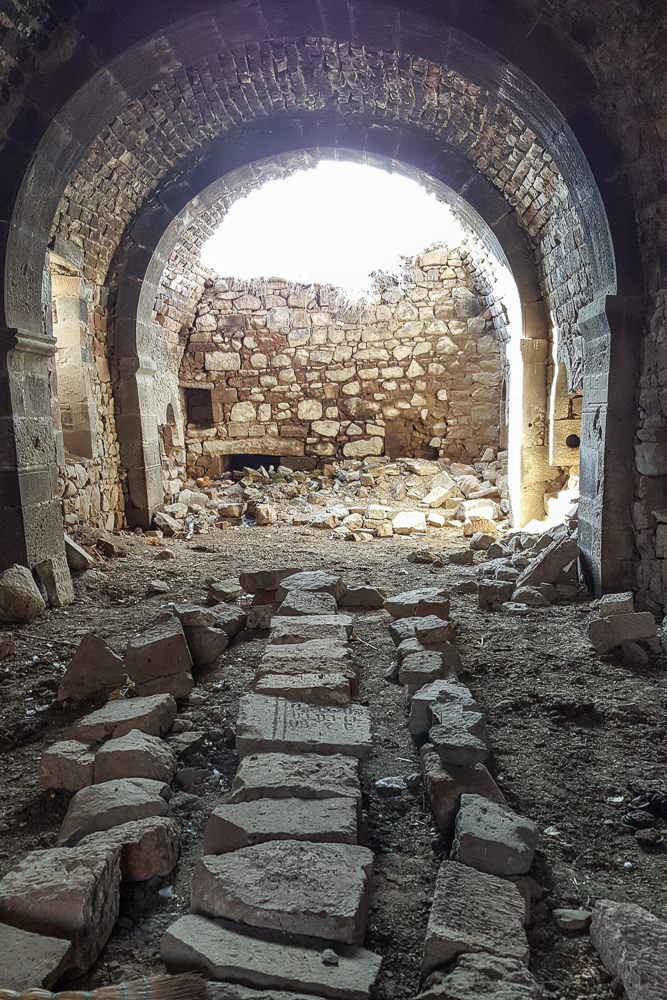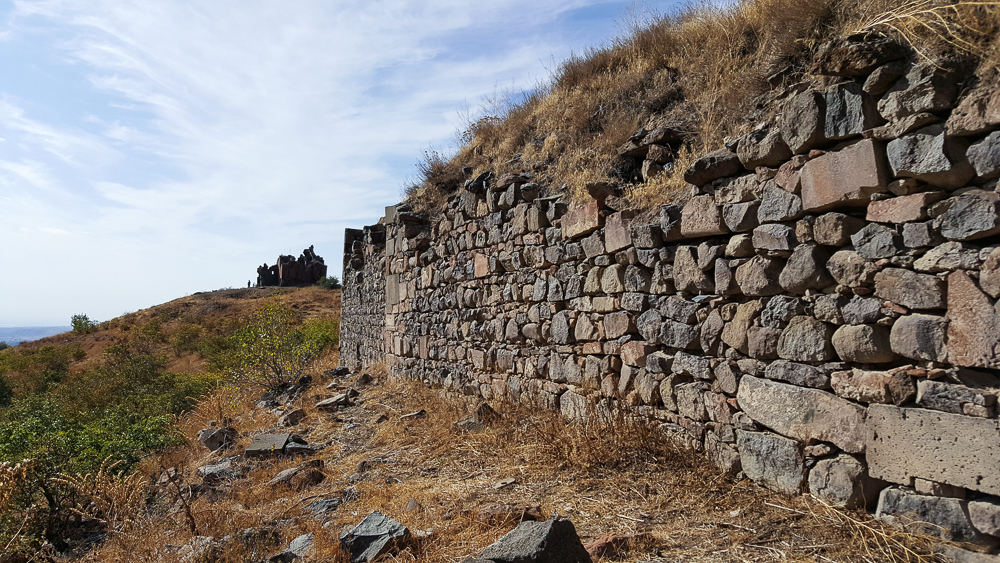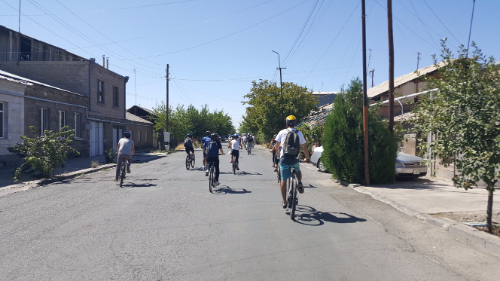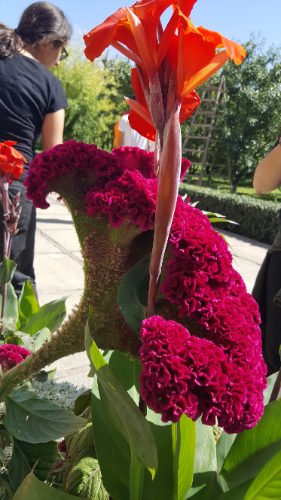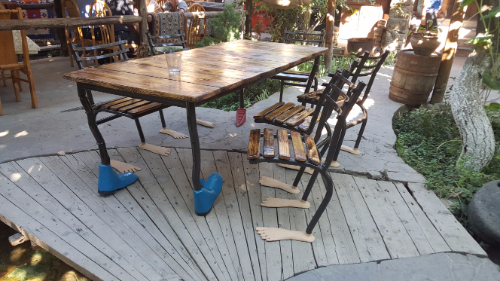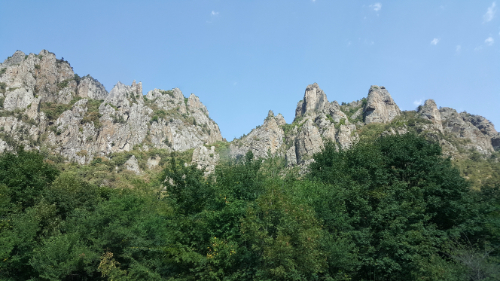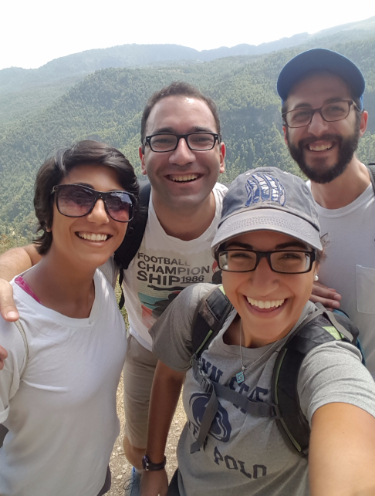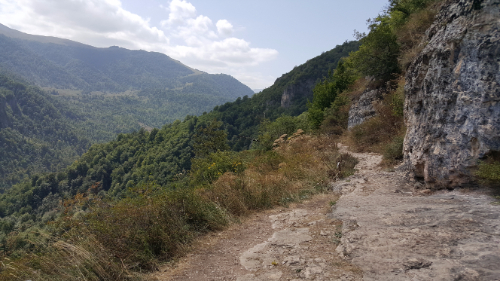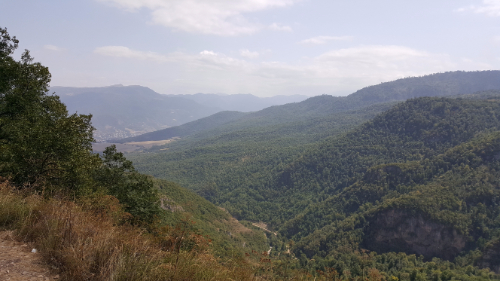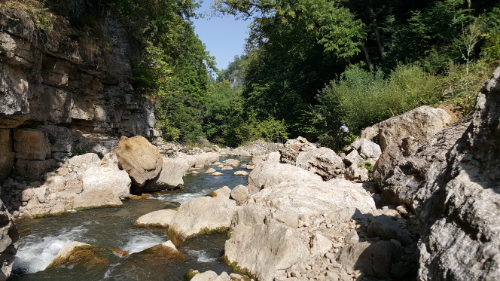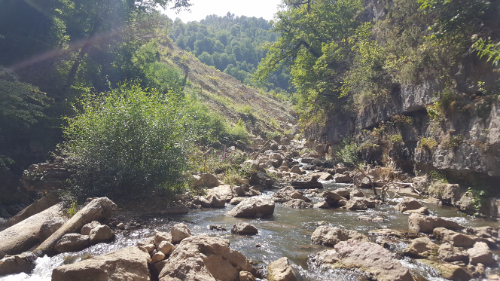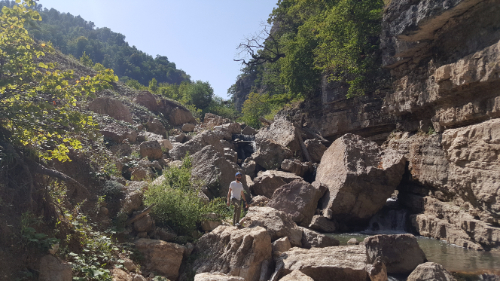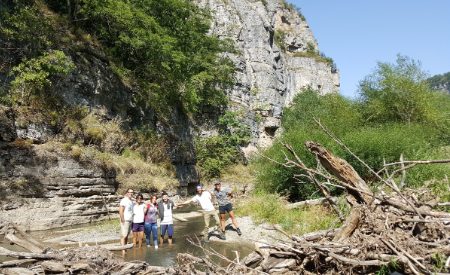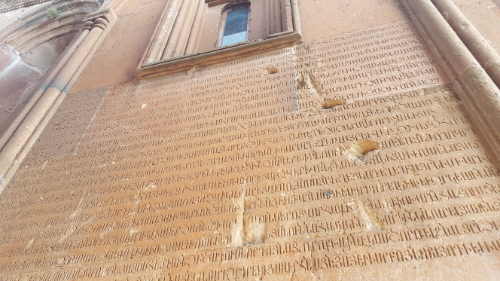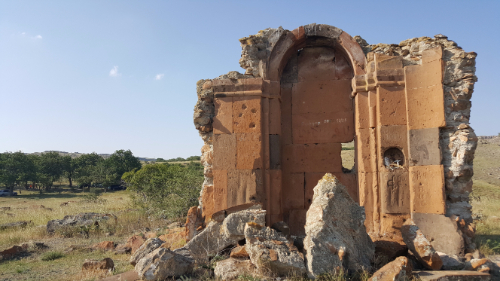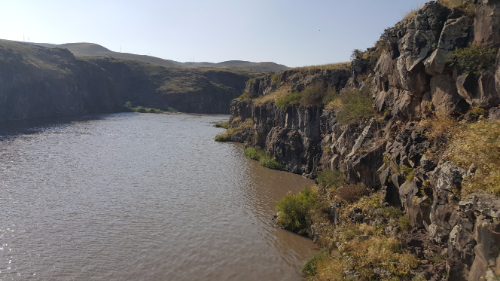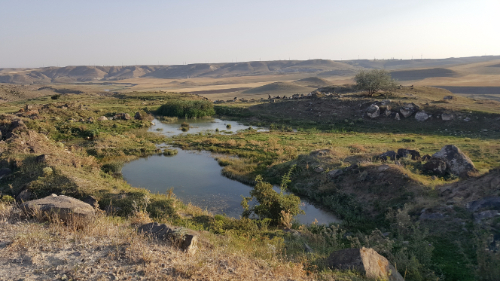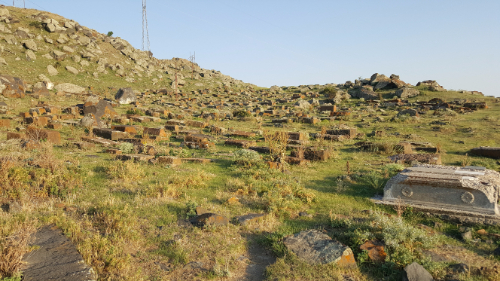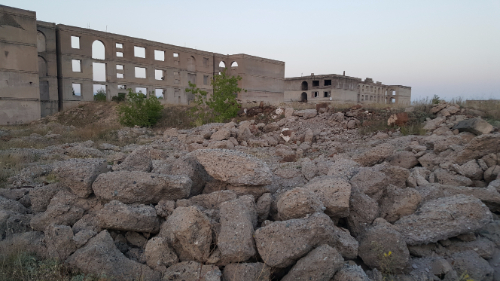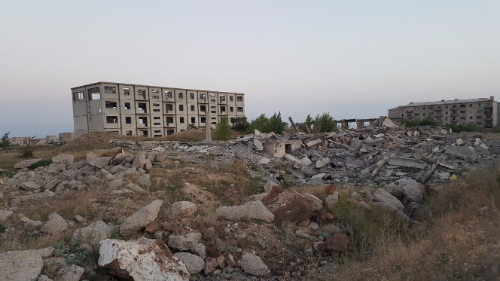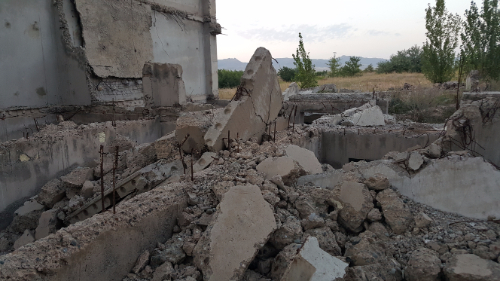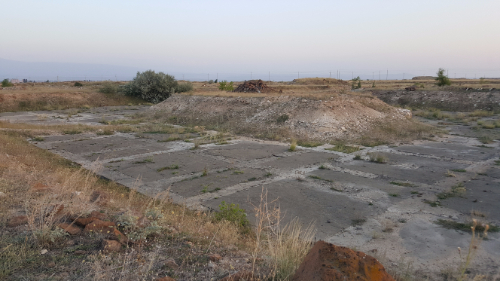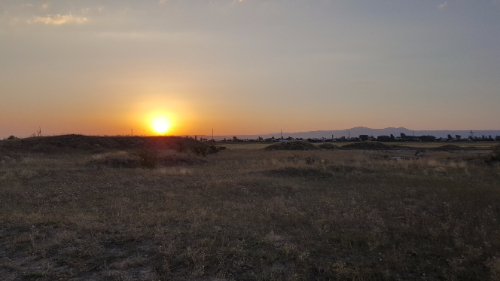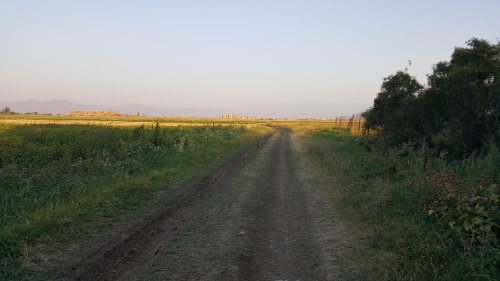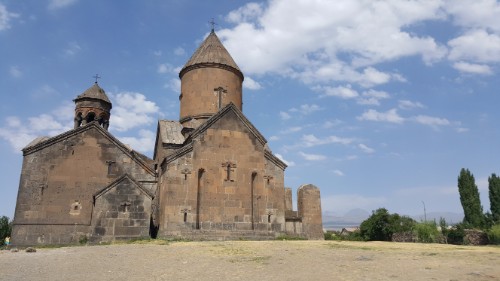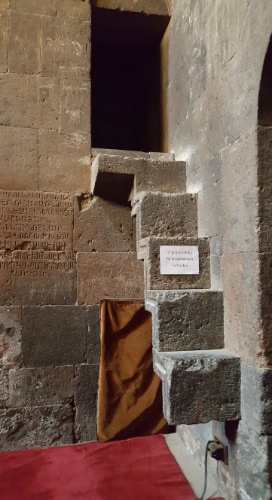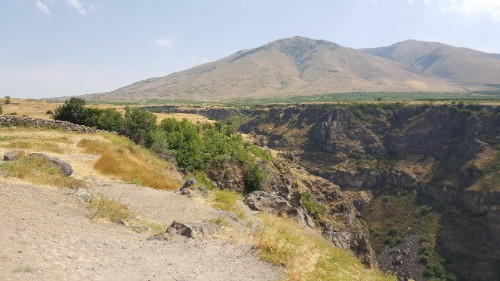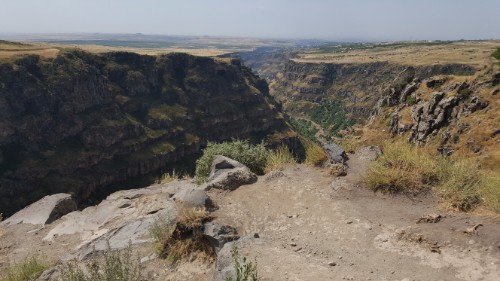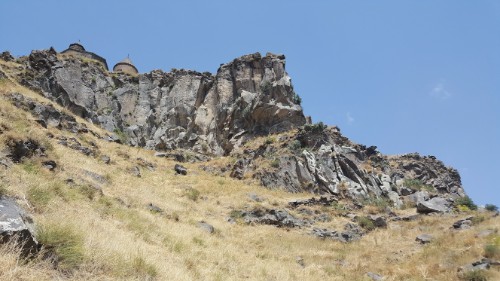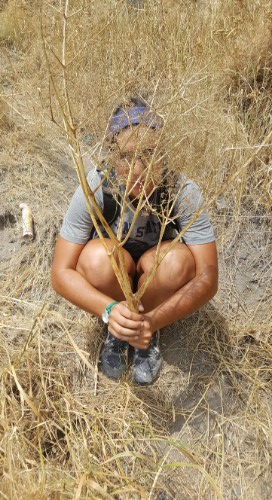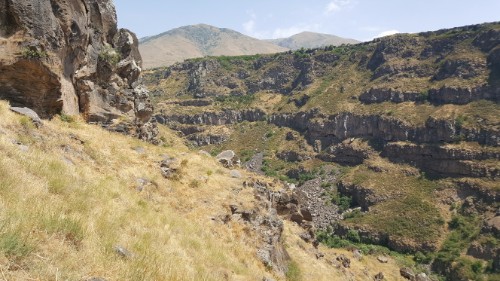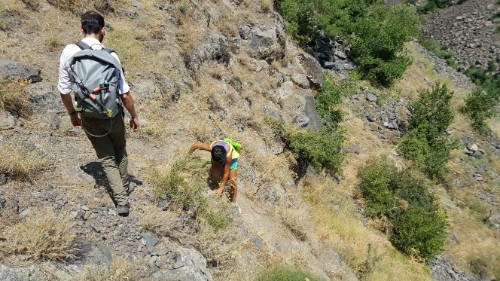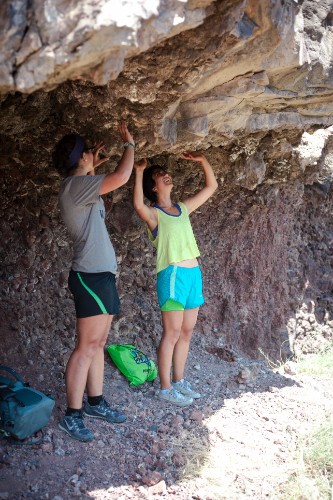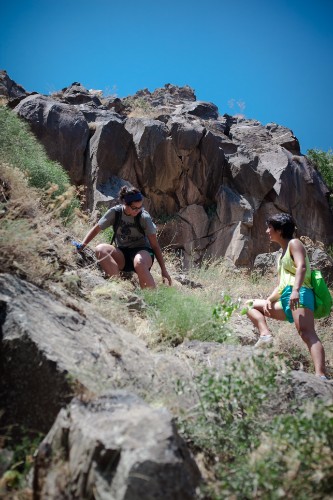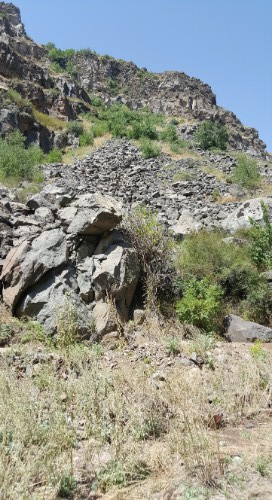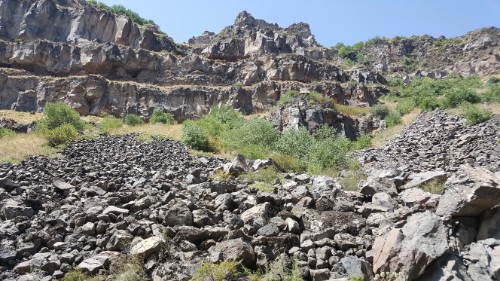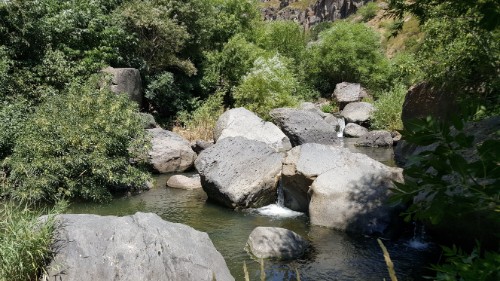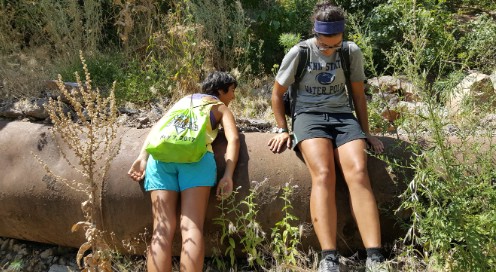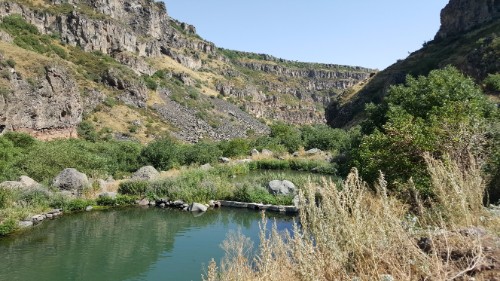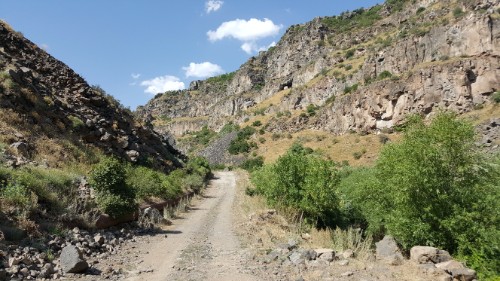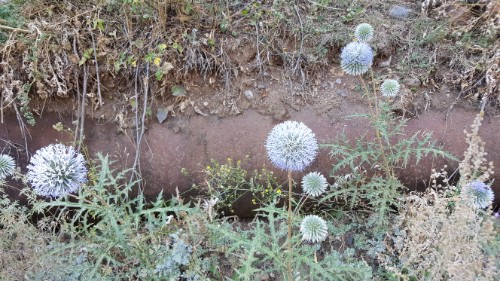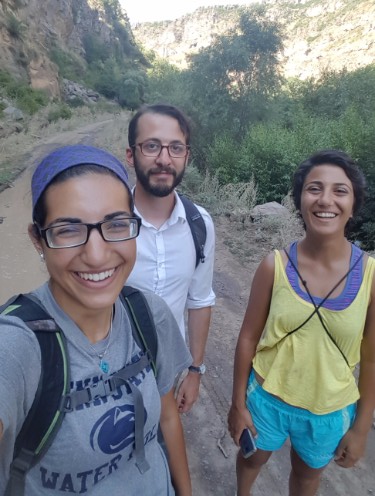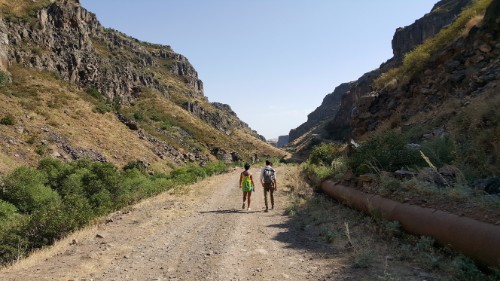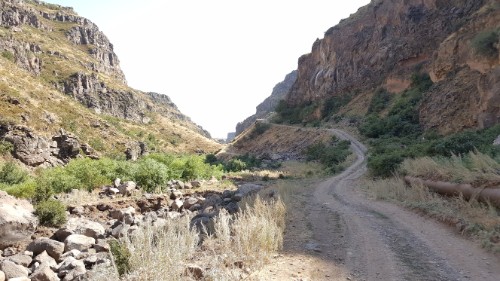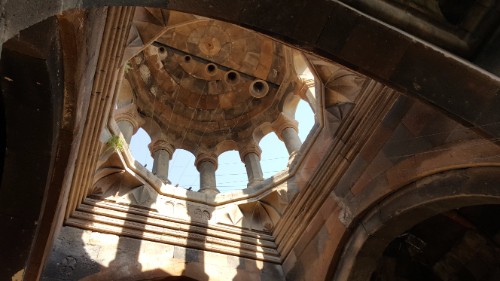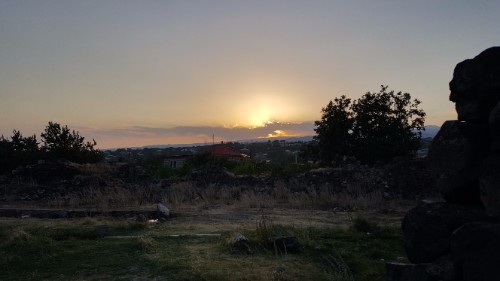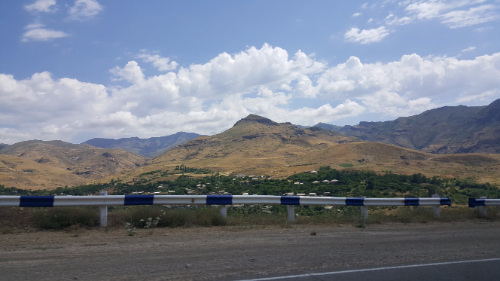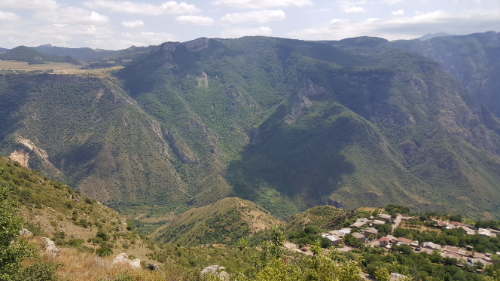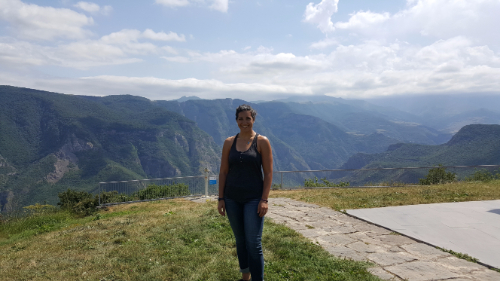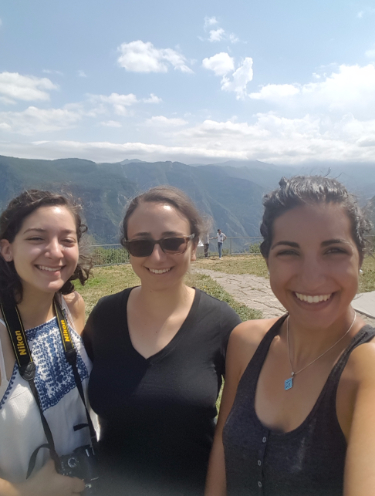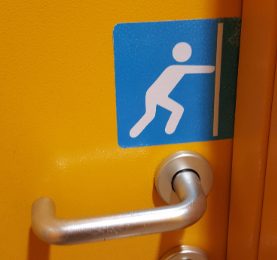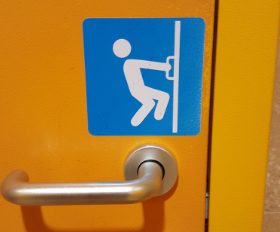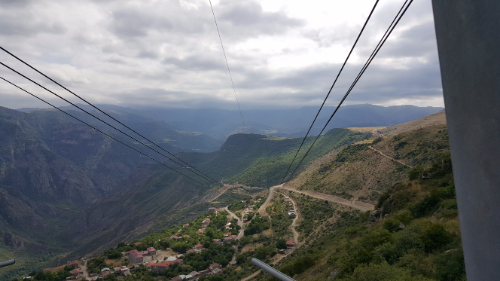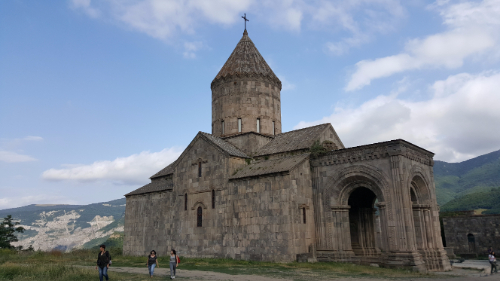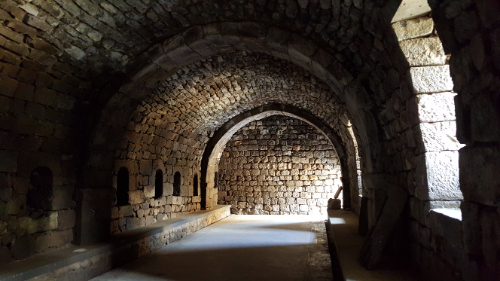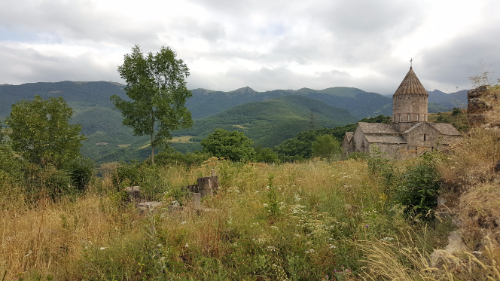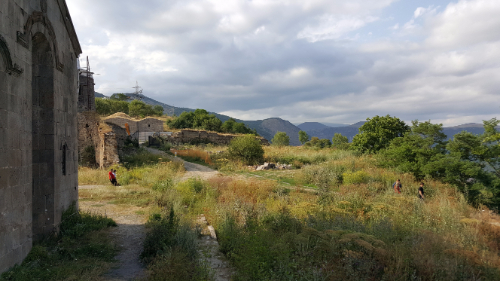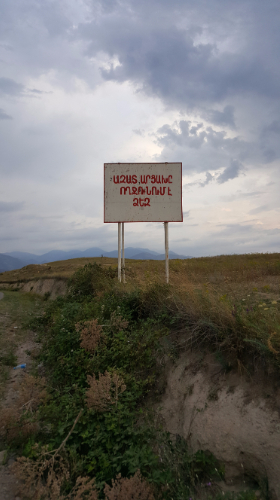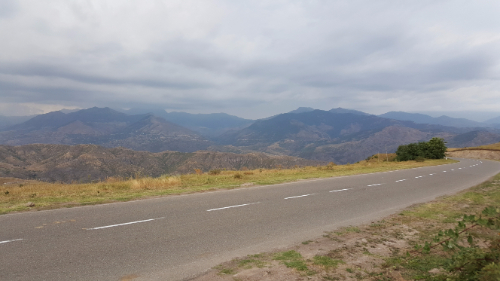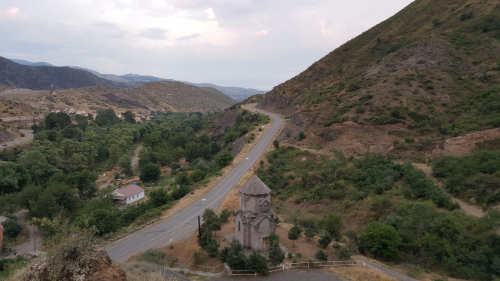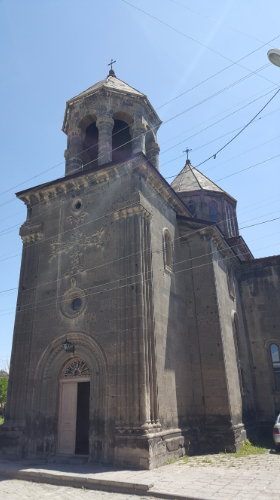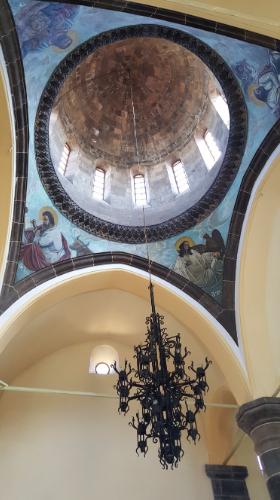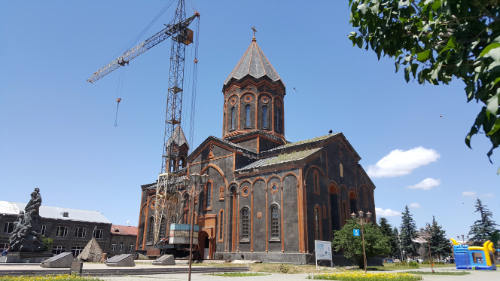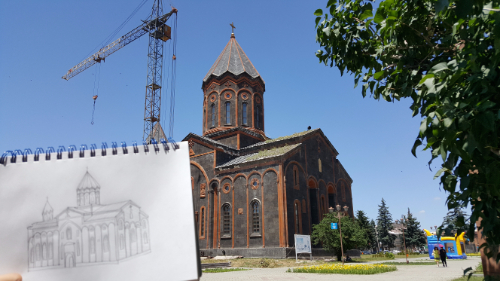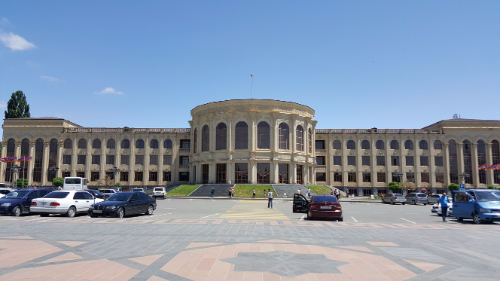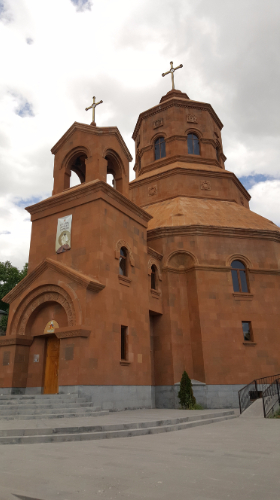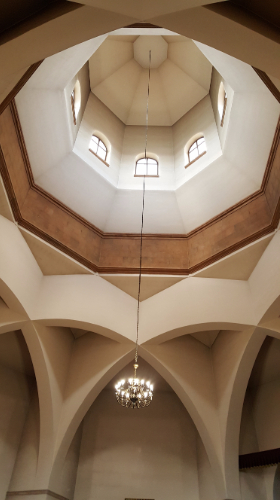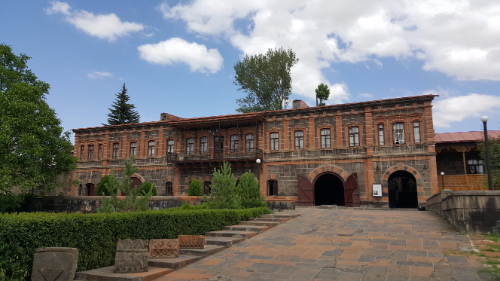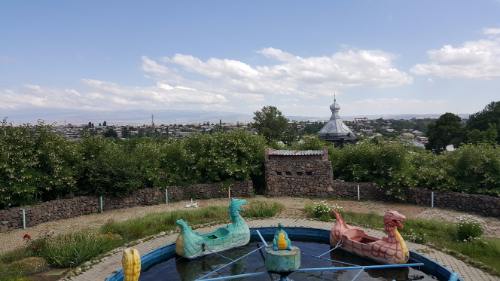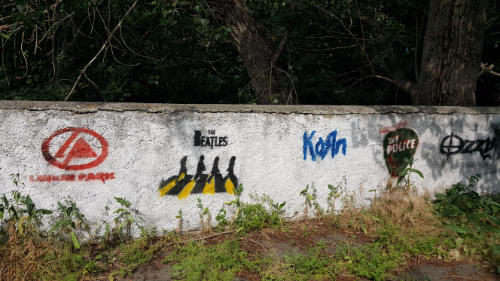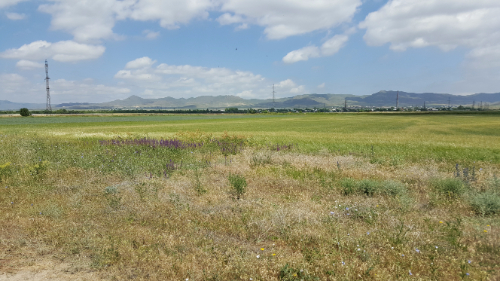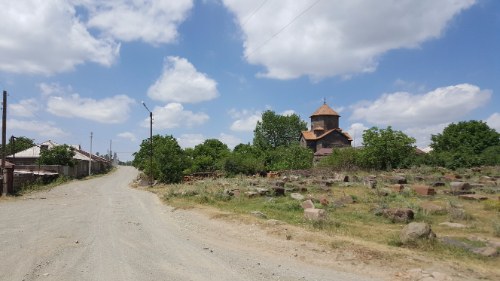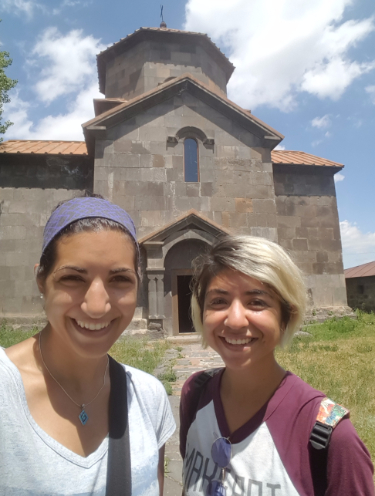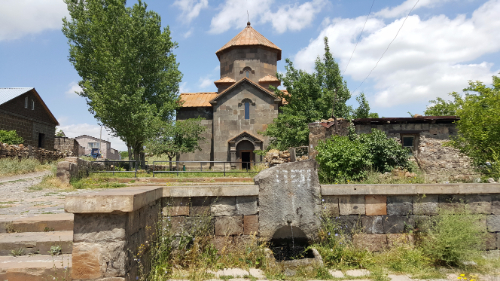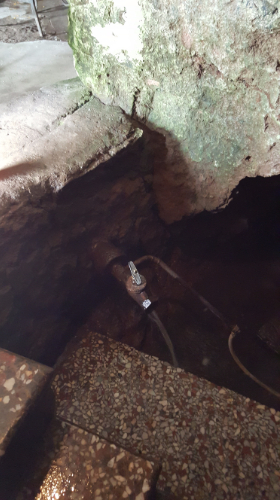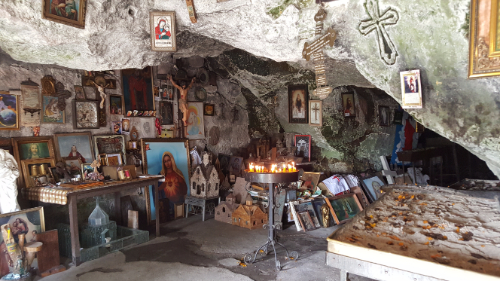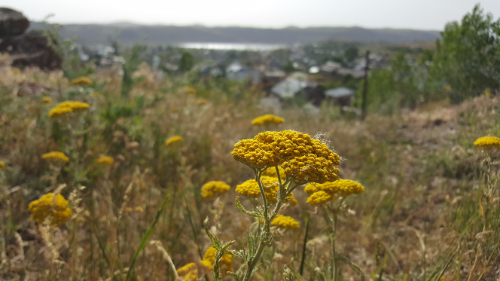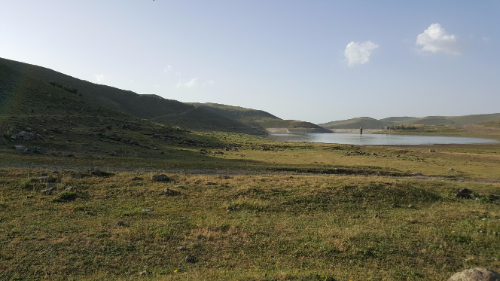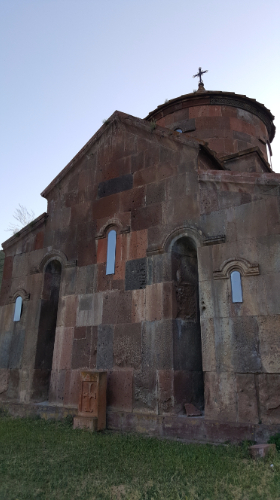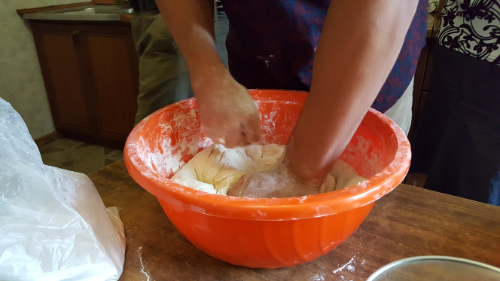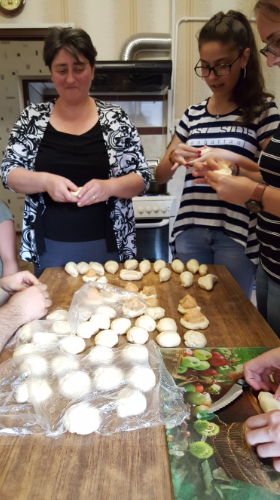After our morning marathon of alphabet-related sightseeing, we made our way to Vanadzor and eventually Vahagni.

Vanadzor is the third largest city in Armenia, after Yerevan and Gyumri, with a population of about 85,000 people. Like so many other cities in Armenia, it had its peak population around the 1980s, before the collapse of the Soviet Union, and has been on the decline since then. At its height, it was an industrial city, home to Soviet factories and chemical plants. After the collapse, industry shut down, and thousands of people lost their jobs. The same type of thing happened in much of Armenia which is part of the reason (though there are plenty of other reasons as well) why the new republic struggled so much in the years following independence. Today, Vanadzor is back to being an industrial center but at nowhere near its former glory.
Despite all of this, I was pleasantly surprised by Vanadzor. Maybe my expectations for everything are very low because it seems like I’m pleasantly surprised by a lot of things, but hey, that’s not necessarily a bad thing. Our first stop in the city was the train station. Since I had never been to Vanadzor, I put together our sightseeing list from things I found online.
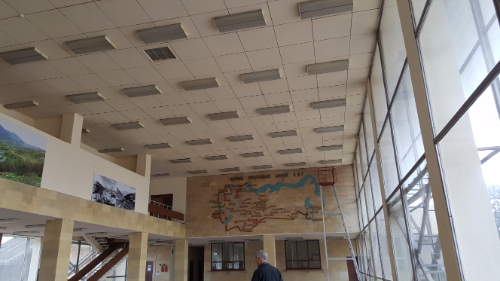
When we pulled up and saw the hideous block of a station, I thought, “What on earth was I thinking when I made that list?” Then, thankfully, I had an “aha” moment where I remember that it was described as being built in “classic Soviet architecture style”. So yes, that’s what we were there to see… its hideousness. The station used to connect Vanadzor and Armenia to Eastern Europe, but now you can only travel within Armenia and to Tbilisi on trains, leaving it eerily deserted most of the time aside from the bustling parking lot outside that serves as the central bus station.
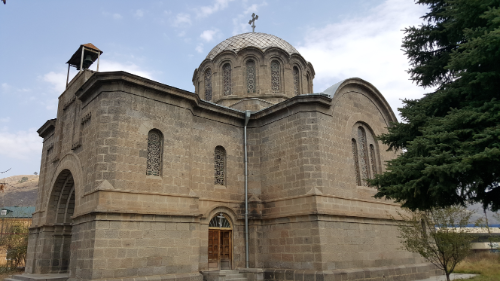
Right across the street, there’s a park with a church in it. According to Google, it’s called the Church of the Nativity of the Blessed Virgin Mary (quite the mouthful, huh?), but it’s also just called the Russian Church. There used to be a wooden church on the same site, and after that one burned down in 1826, the current stone structure was built to replace it in 1893. They were doing some construction inside, but I was just excited to see that there’s stained glass! Clearly not an Armenian church because that’s really not a thing here. It was cool to see a church in a completely different style from most of the churches we’ve visited.
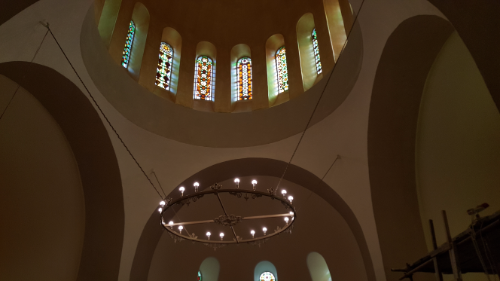
After the train station and church, one of Mike’s Vahagni friends, Hovsep, met us to say hi and show us around the city a bit. He speaks English and works in Vanadzor now, so it was nice for Mike to get to see him again and for us to have a little local knowledge leading the tour for once (rather than just me reading whatever info page I found on the internet).
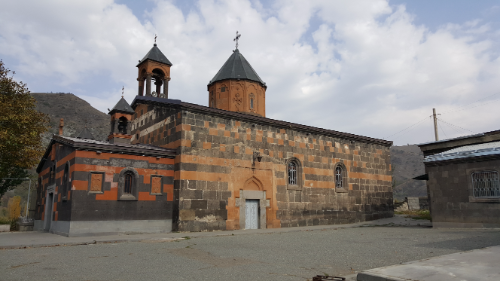
Hovsep took us to the next thing on my list, the Church of the Holy Mother of God/Karakilisa Church/the old church. If you’re asking why these things can’t just have one name, I’m right there with you. On the walk there, he explained that not only are the churches in the town name confused, but actually the town itself has had a thousand names too (note: 1 thousand = 3). It started out as Gharakilisa, meaning “black church”, was renamed to Kirovakan during Soviet days, and was renamed again to Vanadzor, meaning “valley of Van”, after independence. Talk about an identity crisis.
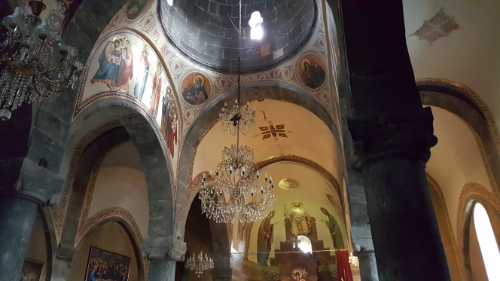
The current “old church” was completed in 1831, replacing the previous structure that was destroyed in an earthquake in 1826. The orange and black tuff was brought from Gyumri, and it was one of the only churches that actually operated as a place of worship during the Soviet years. I loved the inside of the church. The paintings and patterns on the ceilings were absolutely beautiful. It’s the little touches of personality that you can find in each church that make it worth going to see more even when I’ve already been to what feels like a million churches in Armenia already.

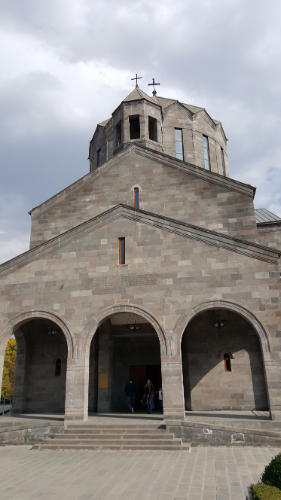
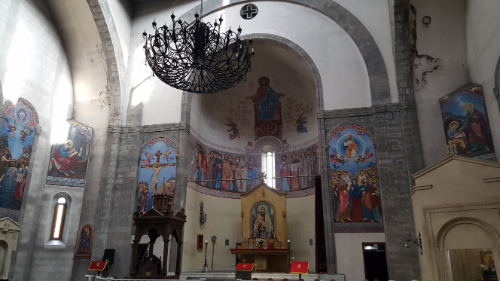
From there, we strolled the streets a bit, Hovsep took us to a spring with natural bubbly water, and we made our way to the next church, Saint Gregory of Narek Cathedral/the new church. It was completed in 2005, and like so many other new churches, it just didn’t have the same personality as the old church. I mean, it was beautiful, don’t get me wrong, and it actually was much better than a lot of the new churches that feel stark, but I’d pick the old church any day. I did love the paintings though! Paintings and stained glass are almost guaranteed to make me like a church.
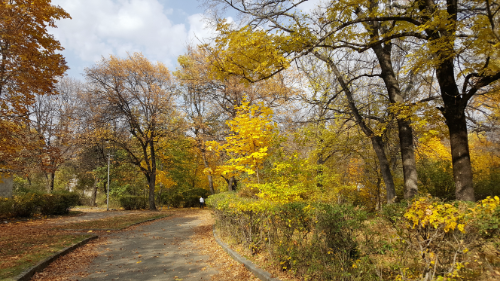
Before heading out, we stopped in the park across the street to enjoy the fall colors a bit before taking on the final stretch to Vahagni. Remember when I said that the road between Vanadzor and Vahagni was under construction? It. Was. Awful. The very few parts that were finished were fantastic, and the rest was horrible. I don’t even get carsick and I was feeling nauseous.
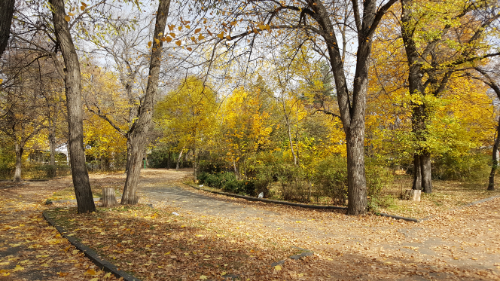
When we finally made it into the village, some conversations with random, loitering strangers led us to Mike’s host family. Oh yeah, did I mention that no one spoke English? None of the people we were visiting. Zero. And how’s Mike’s Armenian, you ask? Ha. Haha. Hahaha. Dad and I were basically in the hot seats, responsible for translating and attempting to carry the conversation. I won’t lie; it was rough. We did our best, but Dad hasn’t spoken Armenian since he was last in Armenia 16 years ago and before that when he was like 4 years old. I’m 4 months in on basically learning from scratch. Not ideal, but somehow, we made it work. The conversation was never smooth, but conversation happened.
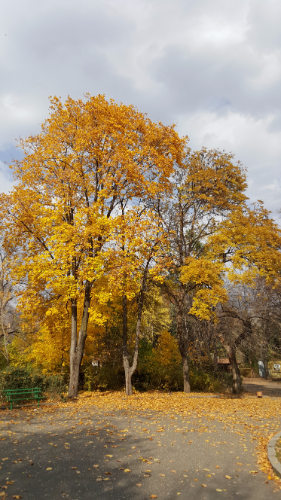
Soon enough, we were all being force fed, and that’s basically same in every language. Things went more smoothly from there. I haven’t been force fed in a while, since I stopped living with a host family, so I had to dust off all of my “please stop feeding me or I’m going to explode” vocabulary. It ended up being a lot of fun, even if I had a headache from thinking so much/trying to understand what was going on.
Also, side note but there’s a big gap between understanding and translating. There were times when I understood the gist of what was being said but couldn’t have told it to you in words if you gave me a million dollars. Ugh. This Armenian thing is hard. Still, though, I felt good about the whole thing at the end because no matter how much I didn’t understand, there was a lot that I did, and that’s something to be proud of.
We popped in for a shorter visit with the other family in town, and that ended with me leaving with a new number in my phone and the invitation to come and visit anytime. Talk about the nicest people in the universe…
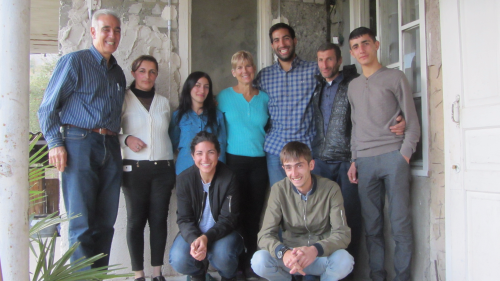

The drive home was, as anticipated, pretty close to miserable. The Vahagni to Vanadzor portion of the drive was, once again, vomit-inducing, and about 5 minutes after reaching the end of it and driving on real road again, we got a flat tire. Oh, I wish I was kidding. Watching the tire-changing process was the most Armenian thing I’ve ever seen. All of the men got out of the car and looked at the tire. Okay, definitely flat. The tools came out. Everyone participated, either in action or in word. We didn’t have the right sized wrench. Cars driving by were flagged down. More men came to look at the tire. Still definitely flat. This guy doesn’t have the right wrench. Neither does that guy, but he says he’ll go get one and come back. Oooh! This guy has one! And against all odds, that tire got changed. Q: How many men does it take to change a tire? A: At least 8.
Oh yeah, and the guy who said he’d come back? He did, just as we were finishing up. Where does that happen? A stranger says he’ll go completely out of his way for you and then follows through. Despite the less-than-ideal situation, it did give us a chance to experience some good, old-fashioned kindness.
